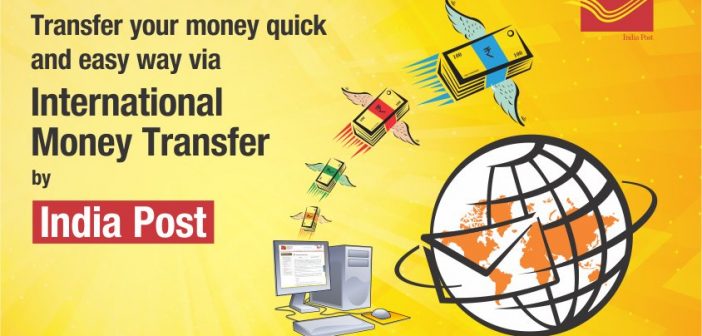For over a century, India Post’s Money Orders have served as a lifeline, seamlessly transferring funds across the vast canvas of the nation. From humble beginnings as handwritten slips to the evolving realm of e-money orders, this service has witnessed fascinating transformations, mirroring the country’s own social and economic journey.
1879: The Penny Revolution Takes Flight
The year 1879 marked a pivotal moment when India Post, under British rule, launched the Money Order service. Its inception resonated with the needs of a nation in flux. Migrant workers, soldiers stationed away from home, and families scattered across vast distances found solace in this reliable system. Initially, fees were based on distance, making it particularly affordable for shorter routes. For instance, sending a small sum within the same district only cost one penny, making it accessible even to the underprivileged.
Data Dive: Early Impact
- By 1881, over 15 million money orders were issued, highlighting the rapid adoption of the service.
- By 1902, the system handled transactions worth a staggering INR 122 million, showcasing its significant contribution to financial movement within the country.
From Handwritten Slips to Telex: Embracing Technological Advancements
The 20th century saw India Post embrace technological advancements to expedite and secure money transfers. In the 1950s, handwritten slips were replaced with printed forms, introducing an element of standardization and efficiency. The 1980s witnessed the integration of telex machines, enabling faster communication and verification of transactions.
Research and Real-World Impact:
- A 2017 study by the Indian Institute of Management Ahmedabad highlighted the crucial role of Money Orders in facilitating remittances from rural to urban areas, supporting families and contributing to rural development.
- In 2008, India Post partnered with banks to launch electronic money orders (eMO), leveraging internet connectivity for instant transfers, significantly boosting convenience and transaction speed.
The Dawn of Digital: Transforming with the Times
The 21st century brought forth a digital revolution, and India Post was not one to be left behind. In 2013, the Mobile Money Order (MMO) service was introduced, allowing users to send and receive funds through their mobile phones. This move brought financial inclusion to the underbanked sections of society, particularly in rural areas.
Examples of Impact:
- A 2020 report by the World Bank documented the success of MMO in empowering rural women entrepreneurs by facilitating secure and convenient financial transactions.
- In 2023, India Post announced the integration of Aadhaar Pay with their financial services, further streamlining money transfer processes and enhancing security.
Challenges and the Road Ahead
Despite its remarkable journey, India Post’s Money Orders face challenges in the increasingly competitive digital landscape. Private players offering digital wallets and instant payment platforms present stiff competition. Additionally, ensuring digital literacy and bridging the digital divide remain crucial tasks.
Looking Forward:
Despite the challenges, India Post’s Money Orders continue to hold immense value for millions across the country. By leveraging technology for enhanced security, convenience, and accessibility, while ensuring robust regulatory frameworks, this service can continue to evolve and serve the nation’s evolving financial needs.
Data Point to Ponder:
As of 2020, India Post handled over 184 million money orders, highlighting its enduring relevance in the digital age.
Concluding Thoughts:
From handwritten slips to digital transactions, India Post’s Money Orders have transcended time, playing a pivotal role in fostering financial inclusion and supporting millions across the nation. It is a testament to the adaptability and resilience of this historic institution, and its journey remains a fascinating saga of progress and transformation, woven into the fabric of India’s social and economic landscape.





